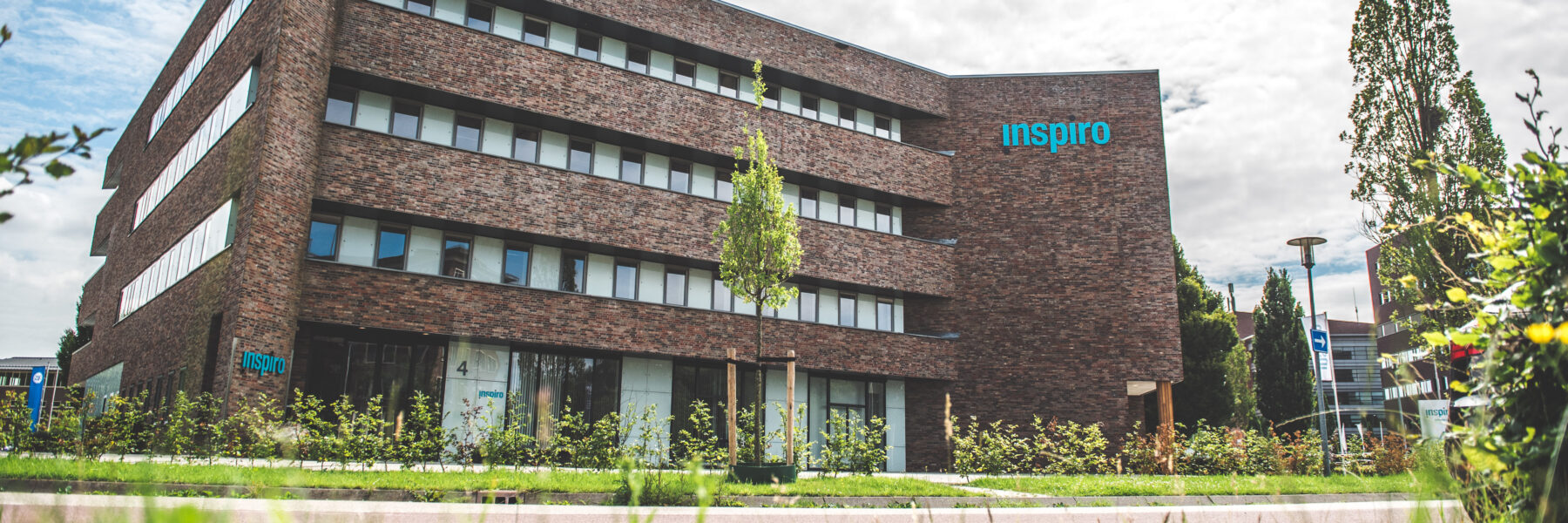Embedded software brings powerful benefits to IoT devices by making them smarter, more efficient, and responsive. When you add specialized software to IoT devices, they can process information faster, use less power, and respond to changes in real time. This improves everything from your smart home gadgets to industrial sensors and wearable tech. You'll notice better performance, longer battery life, and devices that adapt to your needs without delays.
What are the primary benefits of embedded software in IoT?
Embedded software helps your IoT devices work better in several important ways. You get improved efficiency, faster processing, and better overall performance. These improvements make your devices smarter and more responsive, creating a smoother experience when you use them. Your devices can complete tasks more quickly and reliably, while responding immediately to your commands and changes in their environment.
How does embedded software enhance IoT device efficiency?
When you use embedded software in your IoT devices, it streamlines how they work and reduces the resources they need. This means your devices use less power and handle data more effectively, giving you longer battery life and lower operating costs. Smart algorithms help your devices perform complex tasks without wasting resources.
Take smart thermostats as an example. The embedded software analyzes your temperature patterns and optimizes heating schedules, helping you save energy while staying comfortable. This efficiency matters a lot in IoT applications where power and processing capabilities are limited.
Why is real-time processing important in IoT systems?
Real-time processing matters because it lets your devices respond instantly to inputs and environmental changes. Embedded software makes this happen by enabling your devices to process data and carry out commands without delays. You'll find this particularly valuable in applications like self-driving vehicles and factory automation systems, where split-second responses can make a big difference.
How do smart devices utilize embedded software?
The smart devices you use every day—like thermostats, speakers, and fitness trackers—rely on embedded software to work efficiently and intelligently. This software functions as the operating system for your device, managing hardware interactions and executing your commands.
When you ask your smart speaker to play music, embedded software processes your voice command, streams the music, and can even control other connected devices in your home. Similarly, your fitness tracker monitors your health metrics and syncs data with your smartphone, giving you real-time insights about your physical activity.
What challenges does embedded software solve in IoT?
Embedded software helps solve several problems you might face with IoT systems, especially around connectivity and getting different devices to work together. It provides a stable platform for communication, ensuring your devices can exchange data smoothly with each other and the cloud.
You also get better security through embedded software, which implements strong protocols to protect your data during transmission. This protection is vital in IoT environments where devices are often exposed to potential cyber threats.
The Future of Embedded Software in IoT
Looking ahead, embedded software in IoT will likely offer even better integration and functionality. As technology advances, you'll see more artificial intelligence and machine learning capabilities in your devices, allowing them to make independent decisions and adapt to your preferences more effectively.
At Inspiro, we're working at the forefront of these developments, finding new ways to integrate cutting-edge technologies into IoT solutions. As the field grows, you can expect to see more sophisticated applications in smart cities and advanced healthcare systems, powered by the combination of embedded software and IoT.
In summary, embedded software plays an important role in making your IoT systems efficient, responsive, and secure. We remain committed to delivering innovative solutions that expand what's possible with connected systems.
